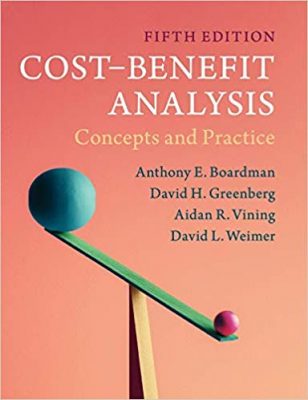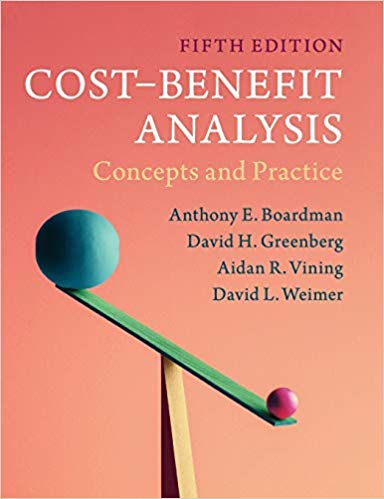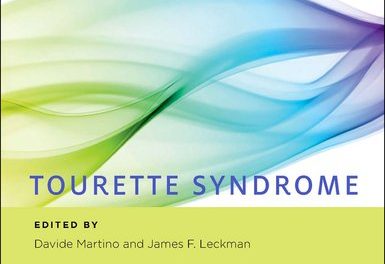 Authors: Anthony E. Boardman, David H. Greenberg, Aidan R. Vining, and David L. Weimer
Authors: Anthony E. Boardman, David H. Greenberg, Aidan R. Vining, and David L. Weimer
Publisher: Cambridge University Press – 594 pages
Book Review by: Sonu Chandiram
When books reach their fifth edition, it is an indication that that the first and / or subsequent editions were well received by its users and possibly also they were commercial successes. One easy way to check to check a book’s popularity is to look at its ranking on the website of the world’s No.1 bookseller www.Amazon.com.
Accordingly, this fifth edition of Cost-Benefit Analysis ranks a high No.1,076 in the Public Finance category. Also its Amazon rank in the Economic Policy category is a fair No. 5015, and No. 5092 in the Economic Policy and Development category.
So why is this book popular and well received? Well, you can read it and find out yourself. But here is what we write about it in our review of this book:
The word ‘cost’ is usually viewed in terms of money, but I believe that many of you will agree that time is money. In that respect, this book is a time-saver. Instead of using a trial-and-error method to figure out what works, why not read what the authors of this book have to say, and use what they have already learned on how to save money, effort and time?
There is much that the four authors share with us in this book of nearly 600 pages, and we provide you a bird’s eye view with this listing below of its 20 chapters:
- Introduction to Cost-Benefit Analysis
- Conceptual Foundation of Cost-Benefit Analysis
- Microeconomic Foundations of Cost-Benefit Analysis
- Valuing Impacts from Observed Behavior: Direct Estimation of Demand Schedules
- Appendix 3A
- Consumer Surplus and Willingness to Pay
- Valuing Impacts in Output Markets
- Appendix 4A: Introduction to Multiple Regression Analysis
- Valuing Impacts in Input Markets
- Valuing Impacts in Secondary Markets
- Predicting and Monetizing Impacts
- Discounting Future Impacts and Handling Inflation
- The Social Discount Rate
- Dealing with Uncertainty: Expected Values, Sensitivity Analysis, and the Value of Information
- Risk, Option Price and Option Value
- Existence Value
- Valuing Impacts from Observed Behavior: Experiments and Quasi-Experiments
- Valuing Impacts from Observed Behavior: Indirect Market Methods
- Contingent Valuation: Using Surveys to Elicit Information about Costs and Benefits
- Shadow Prices from Secondary Sources
- Cost-Effective Analysis and Cost-Utility Analysis
- Distributional Weighted CBA
- How Accurate is CBA?
This book is obviously very useful to business owners who normally have much more work to get done than they have time for. But it really is valuable to professionals as well who want to get things done more efficiently.
This book not only provides basic concepts in microeconomics, but also examples from real life in the form of case studies that are empirical in nature. In addition, you will find exercises that will improve your skills in cost=benefit analysis tasks.
Authors:
Anthony E. Boardman is a Professor Emeritus at the University of British Columbia in British Columbia in Canada.
David H. Greenberg is Professor Emeritus of Economics at the University of Maryland in Baltimore, Maryland in Baltimore, Maryland.
Aidan R. Vining is the CNABS Professor of Business and Government Relations at Simon Fraser University in Vancouver, Canada.
David L. Weimer is the Edwin E. Witte Professor of Political Economy at the University of Wisconsin in Madison, Wisconsin.







